This site contains affiliate links. I may earn a small commission, at no extra cost to you.
In this post I’ll share the best retinoids for clogged pores and skin texture. If you’ve followed me for any length of time, you’ll know I’m a big believer in the power of retinoids for all different skin types.
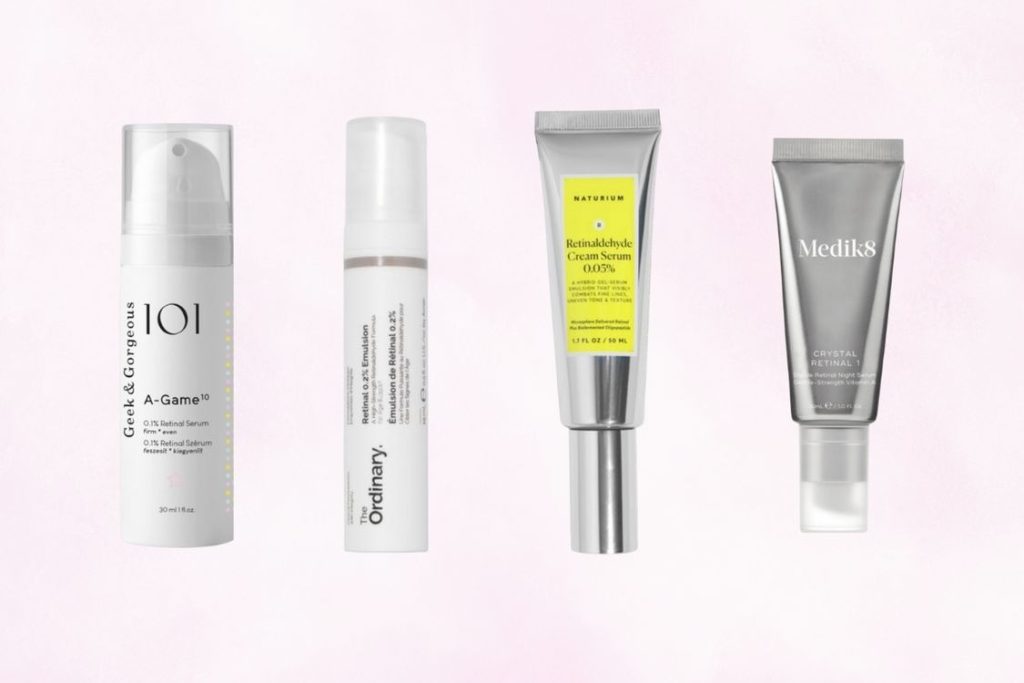
Retinol vs Retinoid: the Best Retinoids for Clogged Pores
Retinoid products for acne and clogged pores
Before we start, I have one thing to say: people will get so overwhelmed by which retinoid to choose, the best retinoid brand, which retinoid strength.. in reality, they waste time by not just starting.
You just need to pick one and start! That’s why my retinoid product suggestions don’t change that much – fundamentally they’re all retinoids and work in a very similar way.
1. Geek & Gorgeous A-Game Retinaldehyde
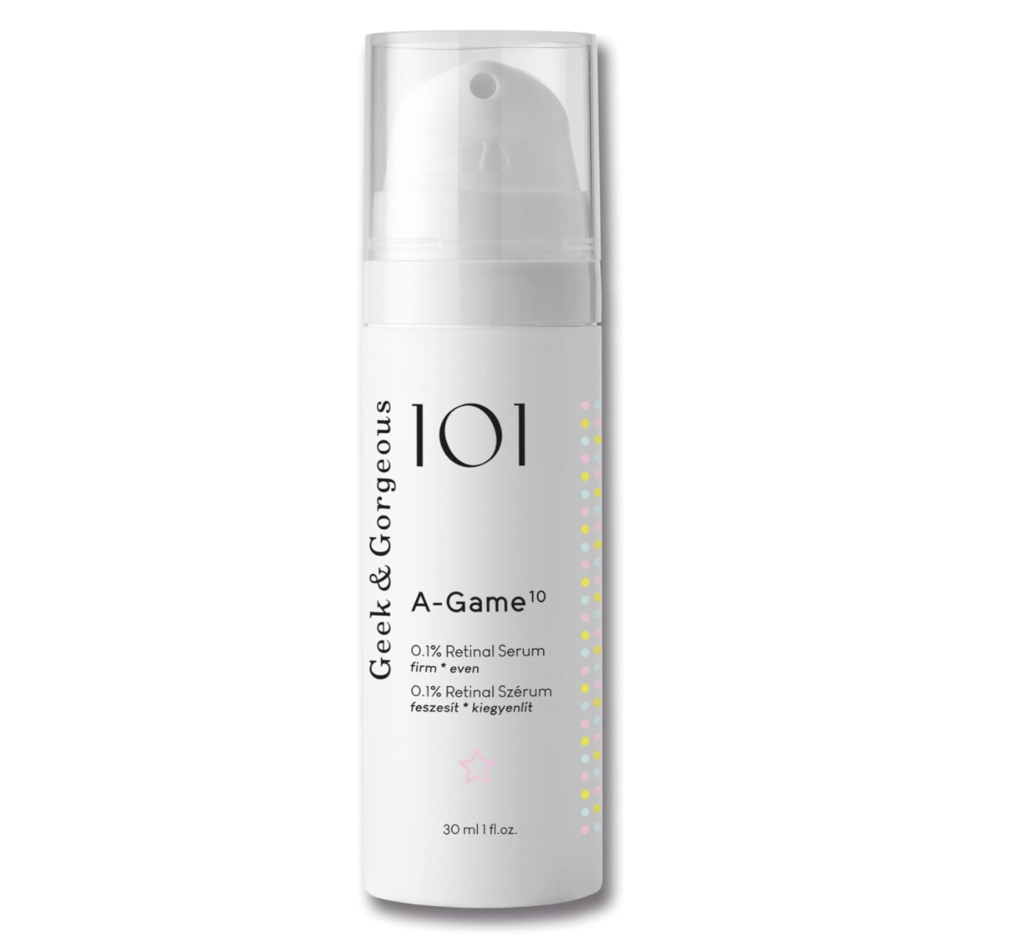
Geek & Gorgeous are a fail safe, simple and affordable skincare brand. Their retinaldehyde is called A-Game and can be bought in 0.05% and 0.1%.
- It is around £15
- Easy to purchase off Amazon, but unfortunately not in any store (that I’ve seen)
- A bottle should last you up to 6 months (from my experience)
- This retinoid is a great starter product if you’re concerned about the side effects of stronger retinoids
2. Naturium Retinaldehyde Cream Serum
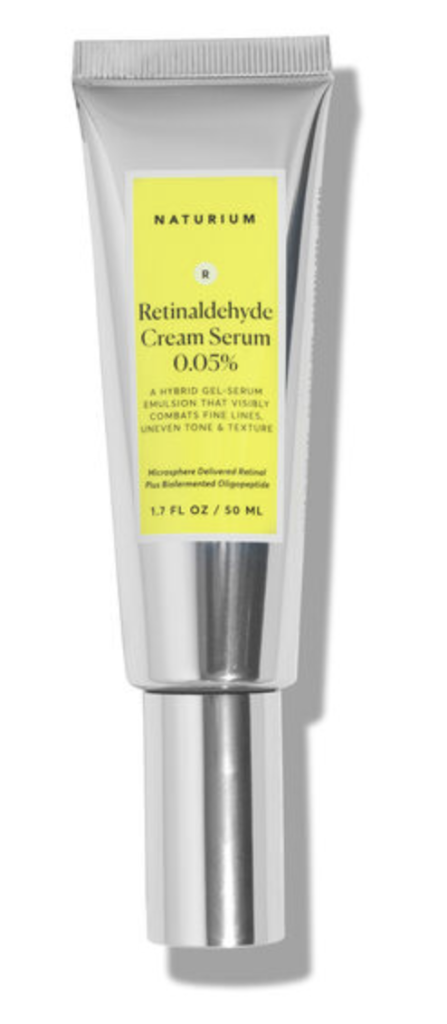
The retinaldehyde cream serum by Naturium is a great option that comes in two strengths, 0.05% and 0.1%, just like Geek and Gorgeous. It’s not the most cost effective but these serums do tend to last a good 6 months in my experience.
3. Medik8 Crystal Retinal
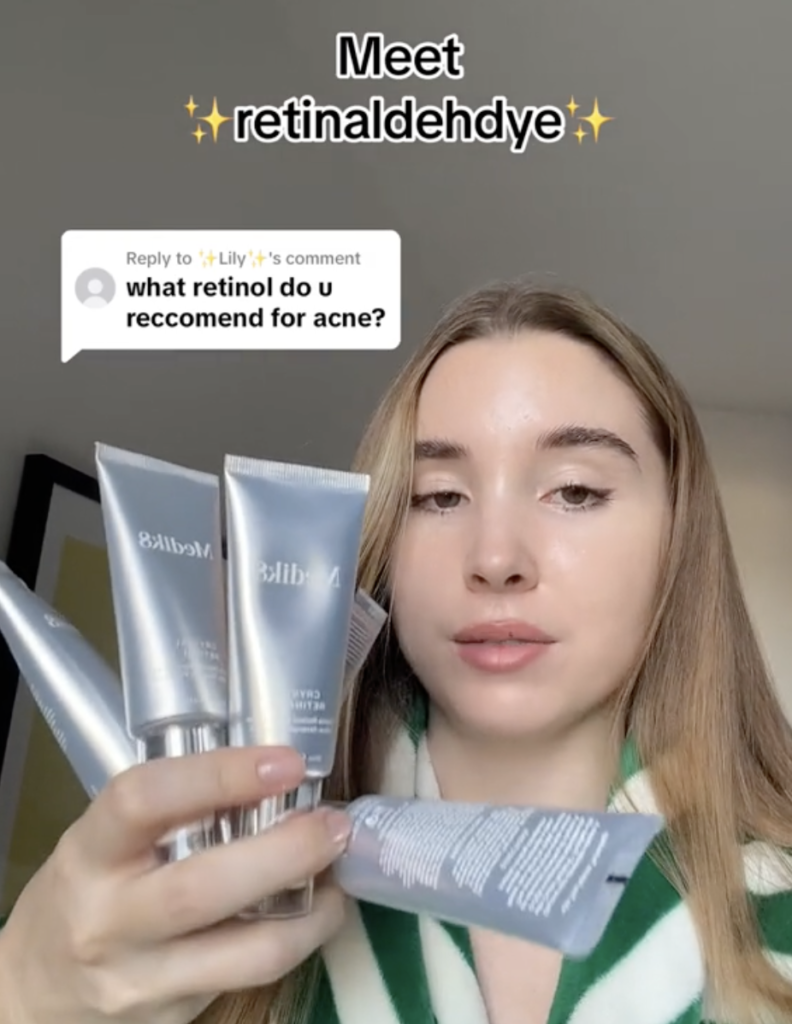
Medik8 Crystal Retinal is one of the original retinaldehyde formulas available and it is loved by so many people. It’s also very versatile and reassuring to use, because it comes in so many strengths: from 0.01% to 0.2% retinal.
- This one is a little bit more expensive but it does last a while
- It is quite easy to purchase online and in stores (I keep mentioning this as a factor because I personally don’t love getting used to a product I may not be able to buy again easily)
- If you’re wondering which strength to start with, there isn’t a right or wrong answer. Most people will be fine on strength 3 or 6 (0.03% and 0.06%).
4. The Ordinary 0.2% Retinaldehyde
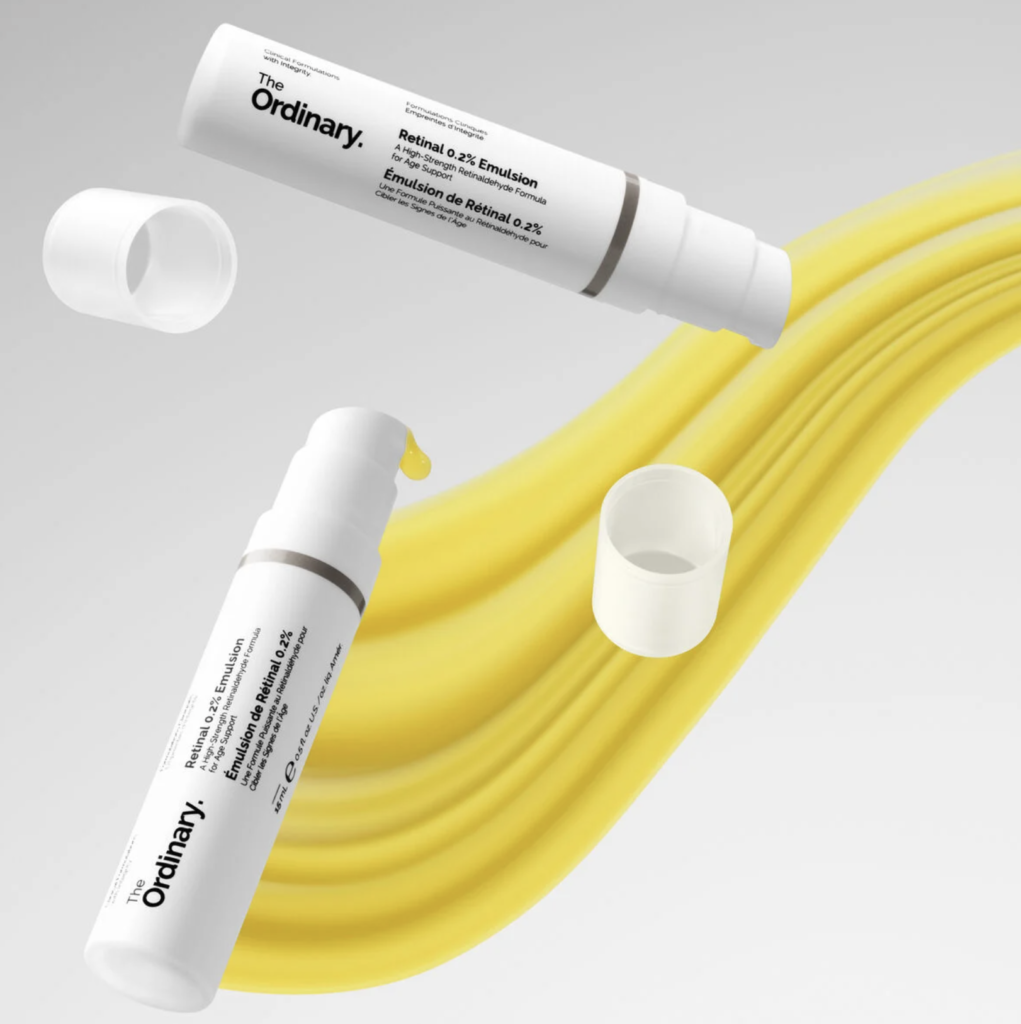
The Ordinary released the Retinal 0.2% emulsion a little while ago and I think it’s a great product. It’s 0.2% retinaldehyde which is the same as Medik8 crystal 20. This is much ‘stronger’ than a retinol, but weaker than prescription strength (more detail on retinal vs retinol later on in this post)
5. Dermatica Retinal 0.05% – 0.2%

Dermatica have newly launched a retinaldehyde serum that comes in three strengths from 0.05% to 0.2%. I think this is a really great option for anyone looking to get into using a retinoid.
On the whole, I think Dermatica’s over the counter skincare is super reliable and formulated exactly how I like products to be: minimal ingredients, no fragrance or essential oils.
These are the same strengths as Geek & Gorgeous’ A-Game, so I have no doubt they were heavily inspired by those.
6. Prescription strength retinoids from Dermatica or Skin&Me
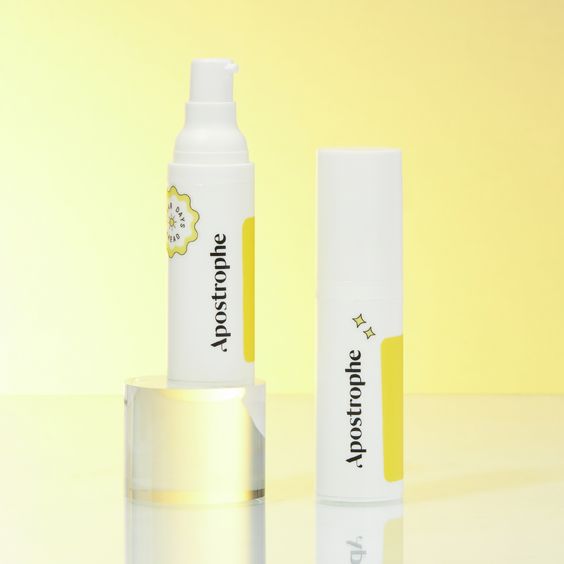
I often get asked what I think about both of these brands, as well as Curology vs Apostrophe. The honest truth is that they are all quite similar.
They both make it much easier to use prescription strength retinoids, as typically you’d need a prescription from your doctor. In my experience, doctors don’t tend to hand them out too easily. For a direct comparison check out my Dermatica vs Skin and Me comparison post.
What are the different types of retinoids?
This is the difference between retinol, retinoids, tretinoin, differin and more – it can be confusing but I’ll break it down as best I can!
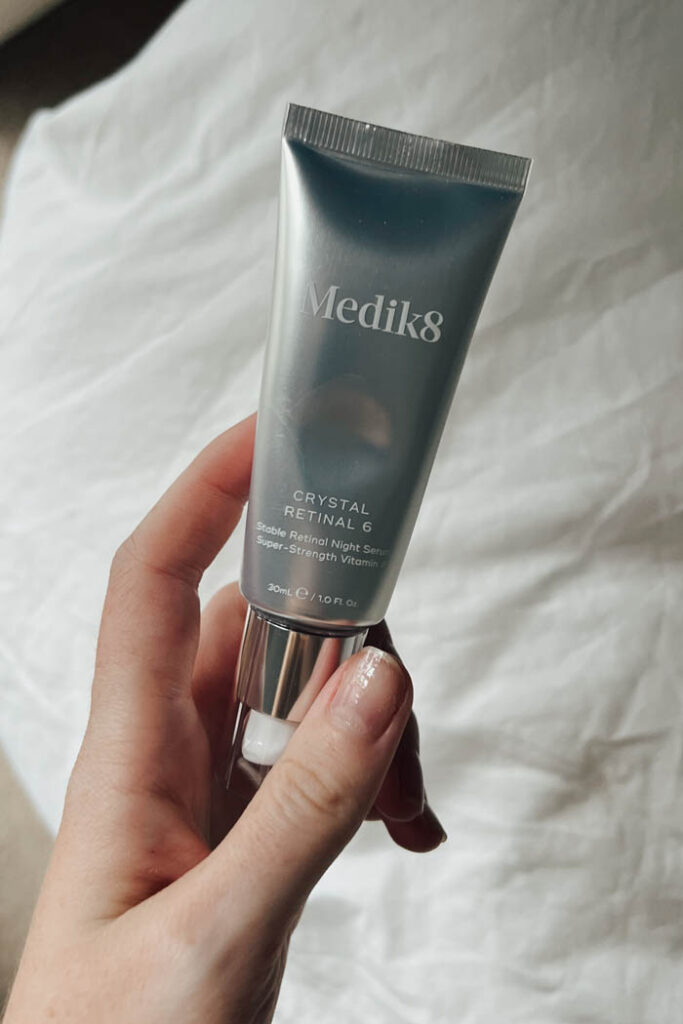
To choose the best retinoid for your skin care routine, you need to decide which retinoid type is best for your skin. Oftentimes people will ask me about ‘tretinoids‘ which… don’t actually exist! That’s a jumbled of version of all of the different kinds but I hear it a lot on social media.
The difference between retinol and retinoids is actually quite simple: a retinoid is the category term, meaning retinol, retinal, tretinoin and differin are all types of the same thing (retinoids).
Therefore, if someone says ‘I use a retinoid’ that indicates they use a member of the retinoid family, but we don’t know which one exactly. It’s a bit like saying you use shampoo, but you’re not telling someone which type of shampoo or which brand.
How does retinol work for acne?
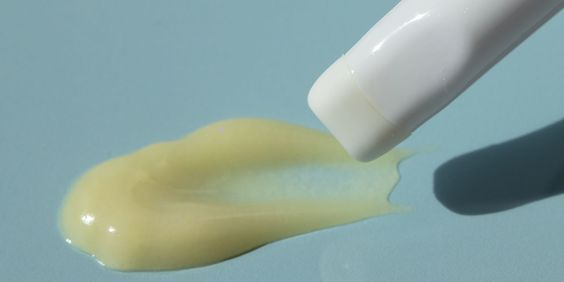
Retinol is one of the weaker forms of retinoids. Let’s call it a ‘drugstore’ shampoo, for example. One that is widely available to everyone in most cosmetic stores. Because it’s widely available, it also can’t be too strong or potent, so that people can’t do too much damage with it at home. Medicated shampoos, in contrast, might not be found in a shop without a prescription.
It’s like the difference between shop bought and prescription anything, really.
There are subtypes of weaker retinols such as retinyl esters, but you don’t have to worry too much about these. Most people who read my blog or watch my videos on TikTok are looking for help with moderate acne or clogged pores, and so the products I recommend are usually retinol strength or higher, because they act faster.
How does retinol actually work?
All types of retinoids work in the same way – by speeding up skin cell turnover. An average skin cycle is about 6 weeks long, and retinoids speed this up dramatically. This means your skin is renewing itself constantly, which is why it can sometimes shed, be sore and purge for a period of time – but it’s also what makes it look new, fresh and plump!
Retinol vs retinaldehyde for acne
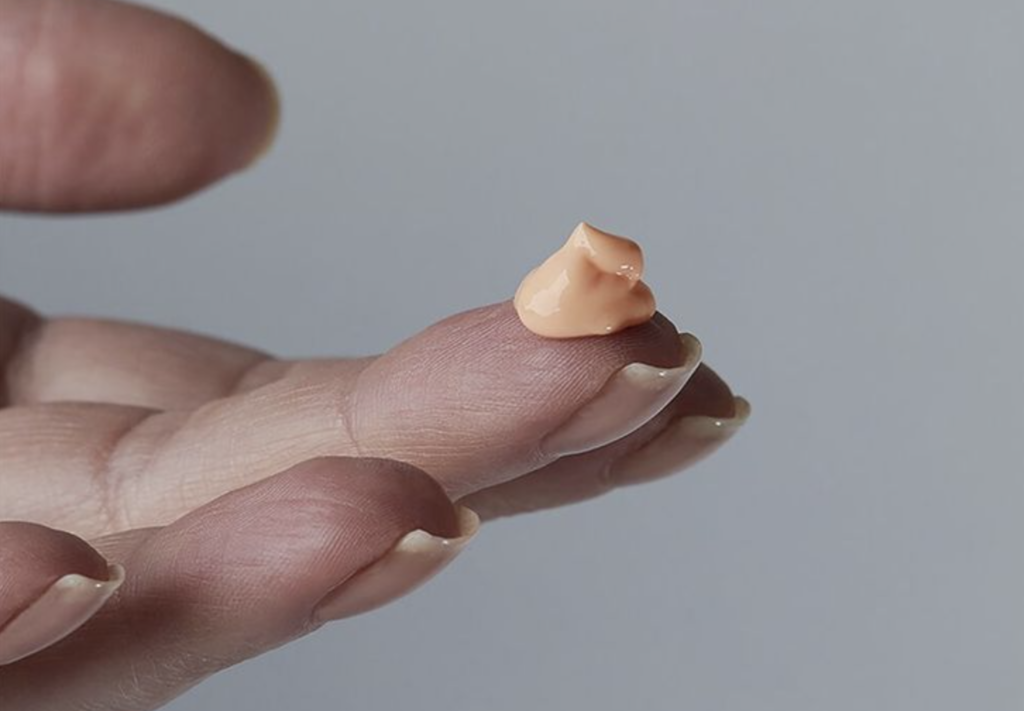
Retinaldehyde is the form of vitamin A (all retinoids are just forms of vitamin A) that I initially fell in love with. Retinaldehyde is also known as retinal, they are the same thing.
I recommend it a lot because it’s in between retinol and prescription strength. I find most people can tolerate retinaldehyde even if they’ve not used retinoids before, and because it’s a little stronger it generally gets you quicker results. It’s a nice middle ground in my opinion.
With retinoids, anything ‘stronger’ runs the risk of being more irritating. That’s pretty much how it works = the stronger it is the faster it works, but the more irritating it may be. This is why you might start using retinol to get used to it, then move up to retinal and then a prescription strength.
If you’re acne is anything beyond mild, I would suggest starting with a retinaldehyde first – unless you have super sensitive skin. I would not expect people with moderate to severe acne to see great improvement with only a retinol product.
Retinaldehydes come in a range of strengths and we’ll get into which retinaldehyde strength is best for you later on.
Tretinoin vs Differin for acne
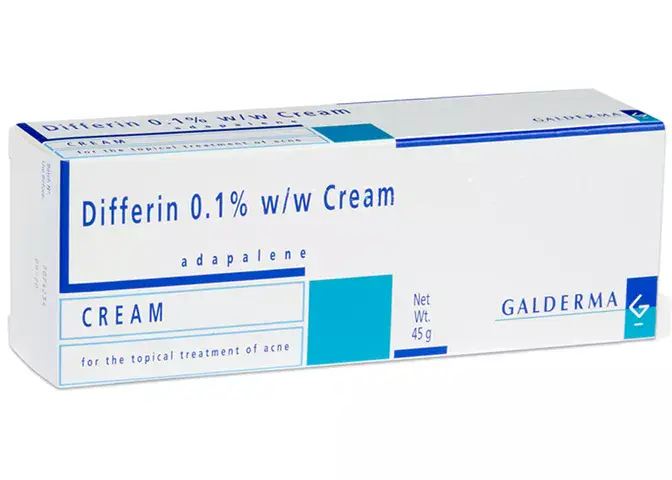
Tretinoin, Differin (also known as adapalene) and tazarotene (also known as Tazorac) are all prescription strength forms of vitamin A. These are the strongest types of retinoids and come in a range of strengths.
Tretinoin is quite old and we have a lot of studies about its efficacy. That means it’s incredibly safe and well studied, although not safe for use during pregnancy. It’s called a ‘first generation retinoid’ which just means it’s one of the original versions of a retinoid. Because it’s so old and one of the original retinoid topicals for acne, it means we have seen it work really well for acne.
Differin (also known as adapalene) is a third generation retinoid (it’s newer, basically). Differin is also not safe for use during pregnancy (never use a retinoids during pregnancy, even OTC retinoids).
It is also very good at treating acne, and is often less irritating than tretinoin. If you’ve not had much luck with tretinoin, for example, you may like Differin. Differin has been named one of the best retinoids for acne, because it gets very deep into the hair follicles where acne begins forming. This is a unique and effective way of targeting the site of oil production.
A word of warning with prescription strength retinoids
One thing I always notice when people ask me about their experience using tretinoin, is that they often say ‘I’m only using 0.025%’ – they’re worried it isn’t strong enough. During my time using tretinoin I was actually using 0.015% from Dermatica (I still use this on my forehead).
Tretinoin is so strong that they have to create formulas using only 0.025% – think of how the tiniest dab of chili sauce can be super hot! It’s a bit like that. You can do a lot of damage with a strong retinoid product, even in the lowest strength, so be careful!
Tretinoin vs Differin for anti-aging

Let’s talk about Tretinoin vs Differin for anti aging.
People like to say that tretinoin is superior for anti aging, in reality we just have many more studies on its anti aging benefits because it’s much older. When a drug has been around longer, we tend to know more about it. Many dermatologists feel that Differin is showing similar results for anti aging benefits as tret. My personal opinion is that, if we compared results against each other in 20 years time, the results from both drugs would be basically identical.
Both are also fantastic for improving fine lines and wrinkles, and photo damage/discolouration. However, retinoids can only do this to their maximum capability if you use it with sunscreen – nobody should be using retinoids without using sunscreen.
The best retinoids for anti-aging
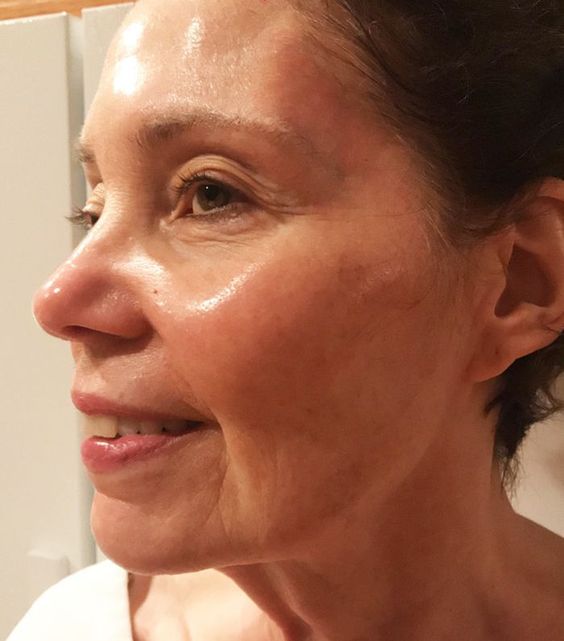
When it comes to anti ageing, all retinoids are effective, because retinol works in the same way throughout each product. It’s all about your appetite for irritation and purging (acne getting worse before it gets better). Retinoids and SPF are basically the two proven actives to actually slow down and reverse signs of ageing.
Tretinoin does have a little more evidence than Differin for anti-ageing, but this may just be because it’s been around decades longer and has way more studies.
The bottom line is, if you’re consistently using any retinol concentration and any SPF daily, you will slow down premature ageing in the long run.
Where to buy prescription retinoids
If you’re in certain places such as Mexico (I believe) I think you can more easily purchase them in pharmacies without a prescription, but in the UK and US they’re prescription only.
The only exception is Differin (adapalene) which can sometimes be bought online in the UK and US without a prescription. Just find the product on online pharmacies and complete the form to request it. Alternatively, you can ask your GP for it and they can say yes or no.
How does Dermatica or Skin & Me work?
If you’re thinking of using a service like Dermatica or Skin & Me, here’s what you should know:
- You pay monthly to receive a small amount of the retinoid. Don’t worry, you will rarely use it all up and can skip months.
- Some people believe it’s expensive (and it kind of is!) but the whole point of the service is to make prescription strength skincare accessible without a prescription, so that’s what you pay for.
- You’ll complete a quiz and get access to a dermatologist who’ll select a medication for you. You can
- 99% of the time you’ll receive a retinoid. Try not to be disappointed if it’s not the one you had hoped for, although you can ask. Retinoids all work very similarly and so you will likely get great results from the one they do give you.
Where does retinol go in a skincare routine?
Now that you’ve (hopefully) chosen your retinoid, it’s time to put it all together into a skin care routine. You’ll want to make sure you’re introducing it slowly, applying it correctly and not mixing it with the wrong active ingredients.
Here is how I use my retinoid in a skincare routine:
- Only at night – never in the morning
- Apply retinol product after cleansing, on clean dry skin. I pat my face dry with a clean face cloth.
- I like to wait 10 minutes before applying a hydrating serum and then a moisturiser straight after.
Alongside the wealth of info I put on my blog and on TikTok, I created a downloadable guide which tells you:
- Where to fit the retinoid into your routine
- How to apply a retinoid
- What to expect and side effects of retinoids
- How long results might take
- Tips on purging
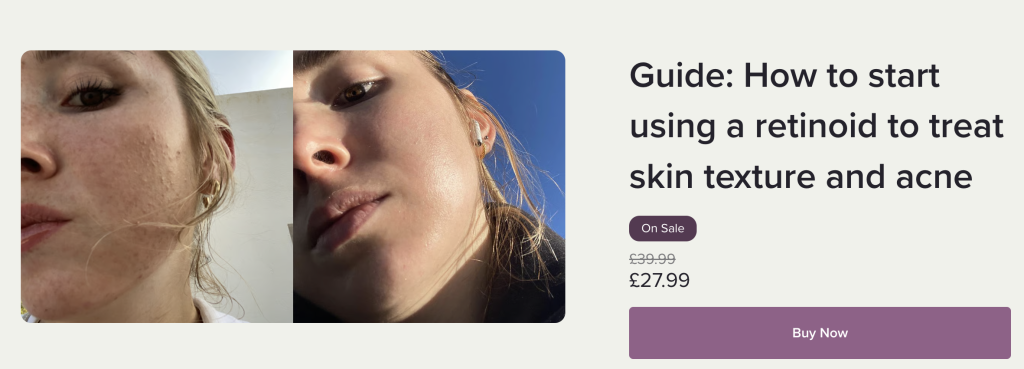
For a more detailed guide, check out my downloadable guide.
This post has helped you decide which retinoid is best for you skin, with retinoid product suggestions. You may also like:
- Should teens use retinol in their skincare routine
- The best skin barrier repair products for acne prone skin